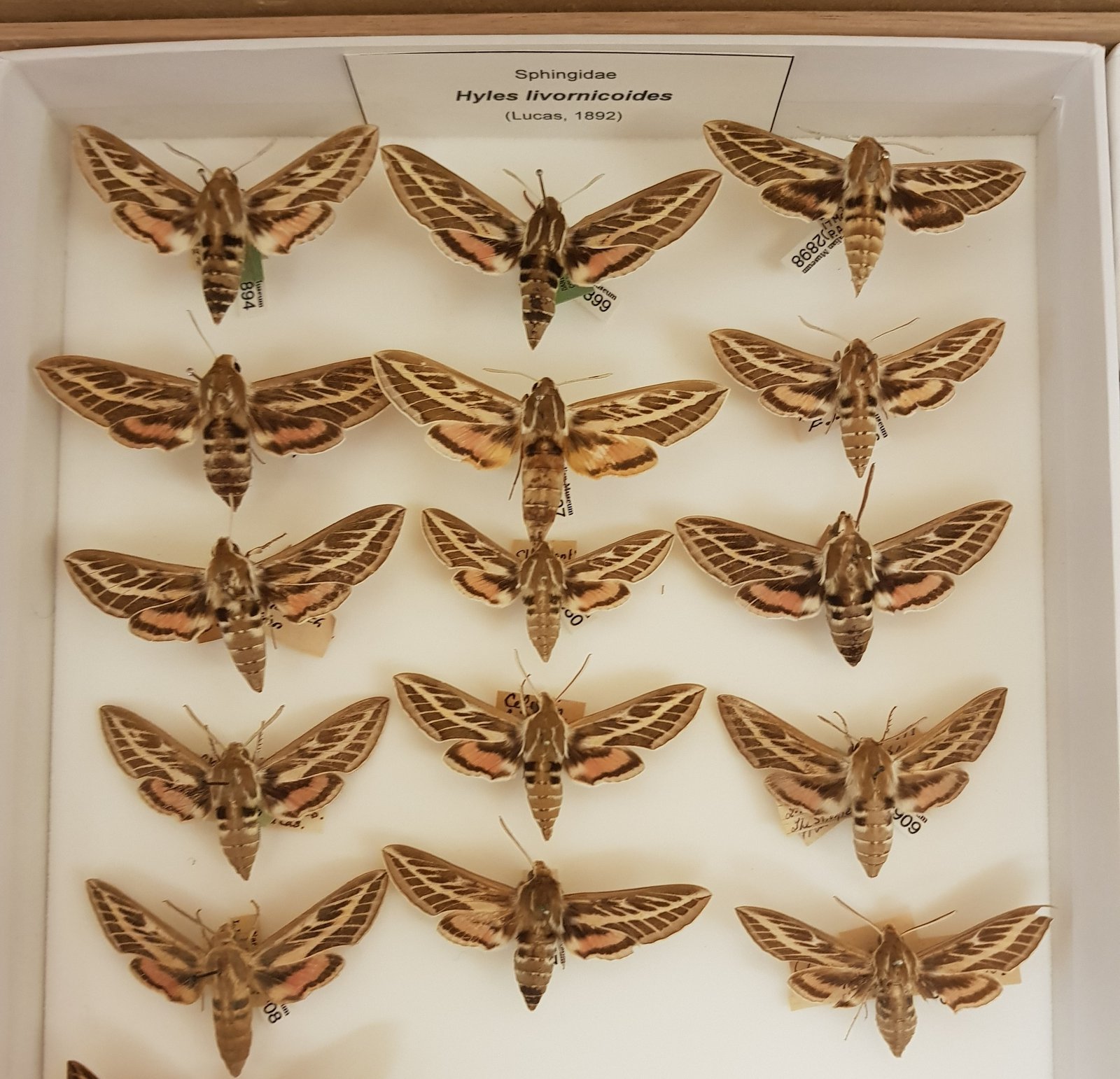Insects at the centre of our world
Aussie Entomologists converged on Alice Springs last month to share their research and learn more about just how important insects are...

© Australian Museum
From the 23rd to the 26th of September I attended the Australian Entomological Society Conference in Alice Springs, which had the theme ‘insects at the centre of our world’. The conference began with an explanation of the significance of the yeperenye caterpillar to the Arrernte people of the Alice Springs area, by Arrernte elder and ecologist Veronica Dobson AM and anthropologist and biologist Fiona Walsh. The word yeperenye literally means ‘belonging to the Tar vine’, the plant on which the caterpillar feeds; the relationships between insects and plants, (both beneficial and detrimental), formed the basis for many of the conference talks.
Over 100 speakers presented their work, on topics ranging from ecology to evolution. Biosecurity was the subject of many talks, and given the conference location in the NT, the biosecurity challenges of Northern Australia were at the forefront.
The conference did not just focus on insects as pests: symposia were dedicated to the conservation of threatened insect species, the cultural and ecological significance of insects and how insects can be used to control pests.
I presented some work carried out by Dr. Andrew Mitchell and myself at the Australian Museum, in collaboration with Sugar Research Australia, the Department of Agriculture and Water Resources, the Northern Territory Department of Agriculture and others. This work focuses on using DNA to identify specimens of caterpillars eating sugar cane, and other speakers presented similar work on identifying mosquitoes and aphids.
I came away from the conference impressed by the range of approaches the speakers had to understanding insects: from ecology to bioinformatics, fossil taxonomy and Indigenous cultural understanding, the delegates painted a picture of how pervasive insects are in our lives, and how great a role they play in agriculture, medicine, and the health of our ecosystems.
I would like to thank co-chairs Mary Finlay-Doney & Brian Thistleton and the organizing committee for putting together such an engaging conference.
Tim Lee - Scientific Officer, AMRI
More Information
- Yeperenye Caterpillar - http://lepidoptera.butterflyhouse.com.au/sphi/livornicoides.html

